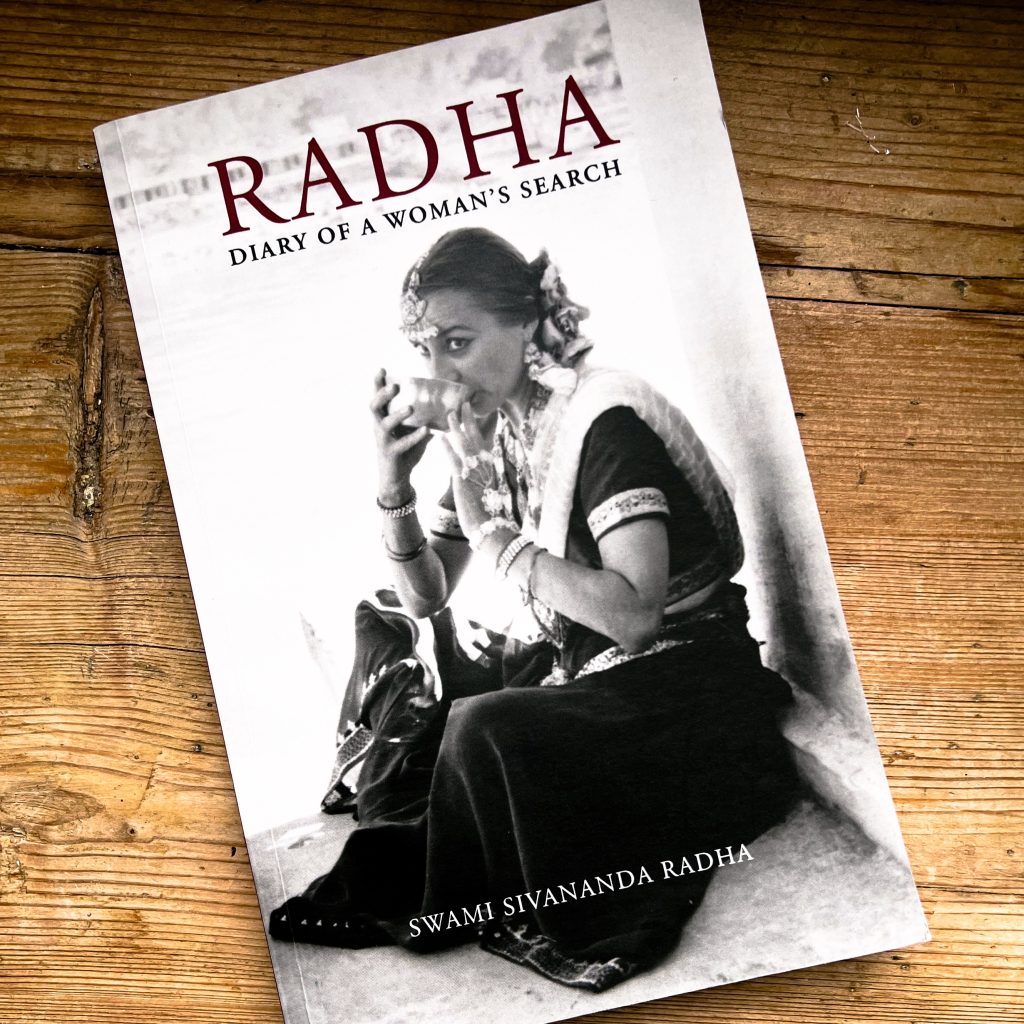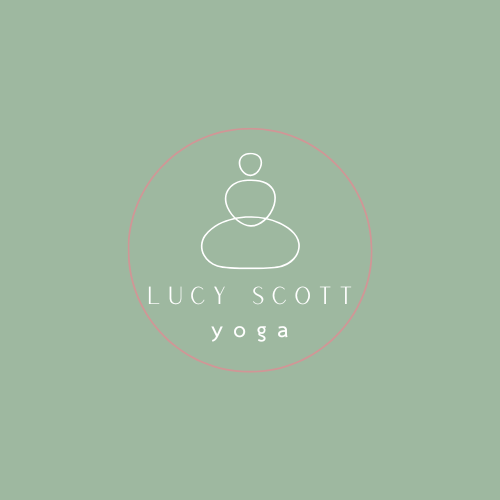
International Women’s Day: Swami Sivananda Radha, Diary of a Woman’s Search
It’s International Women’s Day today and I wanted to tell you about a woman who has had a big impact on my yoga practice: Sylvia Hellman or, Swami Sivananda Radha as she became.
I read her book, Radha: Diary of a Woman’s Search in 2022 because she wrote about travelling in India and the Ganges, and I was heading to Varanasi that August. When I read it, I found her story so interesting and I had such a deep connection to the way that she wrote about travel and yoga. I wanted to share her story with you (it’s incredible), and some of my thoughts about yoga that she brings up for me.
There above is the beautiful night sky, millions of worlds. Here am I, this little speck of dust, so small it cannot even be measured in comparison to that unimaginable vastness, yet is a part of it. Perhaps assuming myself to be so unimportant is just another kind of vanity.
Radha: Diary of a Woman’s Search, Swami Sivananda Radha
Sylvia led an extraordinary life, even before she made her way to India. She was born in Germany on 20 March 1911 to wealthy parents who later divorced, resulting in her attending an all-boys boarding school. She became the first woman to graduate in advertising, design and photography. Sylvia went on to become a published short-story writer and a professional interpretative dancer. She lived through both World Wars in Berlin, and married a baron, who was later executed by the Nazis for helping Jews escape. She then re-married a musician but sadly he died only a year later. In 1951, aged 44, she moved as a refugee from Germany to England and then to Canada.
Even up until this point what a life of challenge, love and loss, she had experienced! Her experiences had a profound effect (as you would expect), and she began to look for meaning in her life through her yoga practice.
In Canada, Sylvia had a visionary experience, which led her to her Guru, Swami Sivananda Saraswati of Rishikesh. In 1955, she travelled to his Ashram to train in the practice of yoga and philosophy; she stayed there for six months before being initiated into the sacred order of sanyas, becoming Swami Sivananda Radha. Swami Sivananda then told her to return to Canada to set up an Ashram there.
Radha: Diary of a Woman’s Search was the diary Sylvia, Swami Radha, kept for the six months that she was in India, from 31 August 1955 to 1 March 1956. It begins with her arrival in Delhi and no one from the Ashram being there to meet her despite writing to them on her journey through Baghdad, Damascus and Pakistan. She describes the heat, her lack of appropriate dresses, and the challenge of haggling with local sellers.
She then documents her struggles with adapting to life in the Ashram (when she finally gets there after a tumultuous train and taxi ride), she wakes up covers in bedbug bites, sees plates and cups washed in dirty river water, and she questions the guru she has come to see. However, she keeps asking questions and trying to learn more about what is going on around her: I am no scholar…but I was born with a very inquisitive mind and this has been driving me since I was a little girl. Life without truth and purpose is meaningless…
While at the Ashram, she explores Hatha yoga and the insights that come from spending time in the postures. With her Guru, they discuss postures like Headstand:
“When you stand on your head, you have already learned of the physical benefits, but now imagine again that you are standing on your head. What else can you observe?” He asks her.
She comments that everything is upside down, and he asks how that can be applied to life.
I didn’t know what he was talking about, so again he had to help me out by saying, “People opposed you, haven’t they?”
“Oh yes, plenty.”
“They believe the opposite to what you believe. Well, the Headstand can help you by making you your own opponent…. You take your cherished beliefs, go right in the opposite direction just as you would oppose another person. If you can do this, the result will be a greater accuracy of what you believe to be true, a better balance. You will not be flustered, you will not be angered if anybody opposes you.”
For me, I can’t hold headstand for long, but I can hold dolphin and an L-sit against the wall for a while. They show me that if I get flustered or try to take a short-cut, I can’t hold the pose with integrity or ease, and I’m likely to hurt myself in the process. Having a strong foundation and a clear mind allows me to find strength in the pose.
Swami Radha returned to Canada, and founded Yasodhara Ashram in British Columbia. In 1987, she wrote Hatha Yoga: the Hidden Language, another fantastic book about yoga and one I come back to time and time again for inspiration.
She died in 1995, but her impact is still felt through her books and Yasodhara that continues to train students. To me, she encapsulates so much of what yoga is about. The search for the knowledge to deepen your awareness of yourself, the practice, and the world around you. Then purposefully sharing what you learn, to try and help the world be better through its citizens, inspiring others to ask questions about themselves. It’s also about finding the benefits of being in uncomfortable situations, and the lessons we can learn from discomfort. It’s about the journey of it all and always being willing to be a student.
I hope Sylvia’s story has inspired you, her books are wonderful to read if you would like to know more about her.
Category: Yoga, Yoga for mental health
